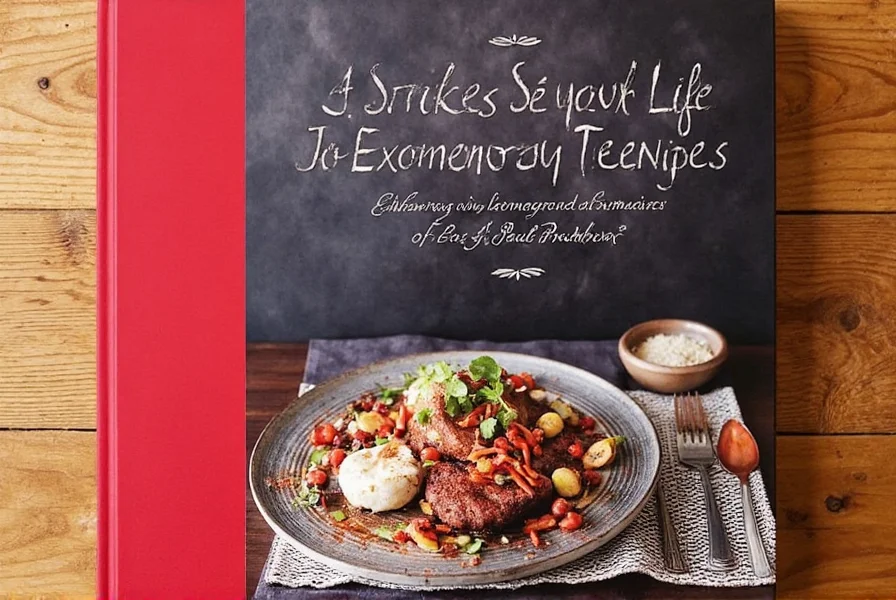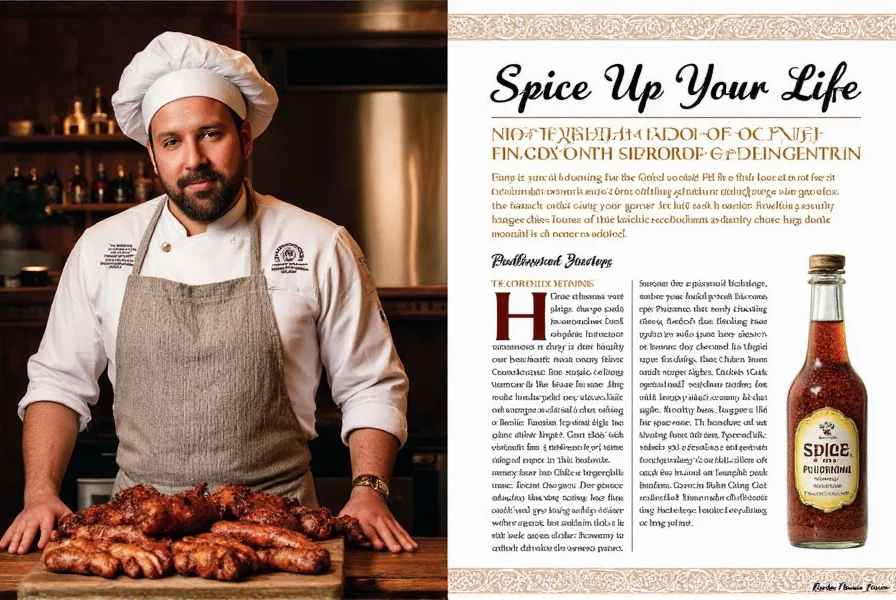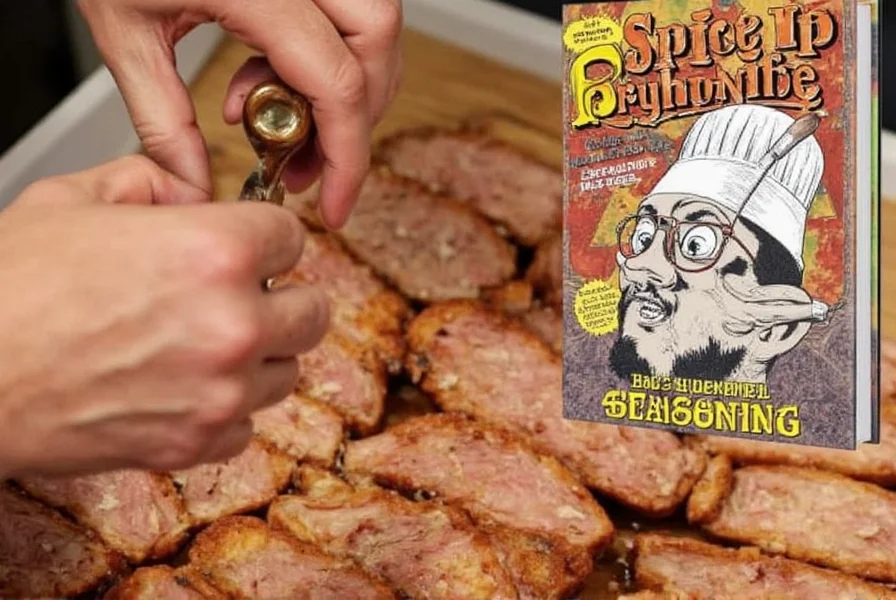Blackened seasoning is a popular spice blend used to create a charred, flavorful crust on meats, fish, and vegetables. Originating from Cajun cuisine, this technique was popularized by chef Paul Prudhomme in the 1980s, but the blend itself is a staple in Southern cooking. This guide covers everything you need to know about blackened seasoning—from its ingredients and how it differs from Cajun and Creole blends to creative uses and pro tips for perfect results.
Table of Contents
What Is Blackened Seasoning?
Blackened seasoning is a spice blend designed to create a crispy, charred crust on proteins and vegetables when cooked at high heat. Unlike a specific brand, this technique and blend have roots in Louisiana cuisine, where chefs developed methods to replicate the smoky flavor of open-fire cooking indoors. The blend typically combines herbs, spices, and peppers to deliver bold flavor without excessive heat.

While often associated with blackened redfish, this seasoning works equally well on chicken, steak, tofu, and roasted vegetables. The key is balancing heat, salt, and aromatic spices to enhance natural flavors without overpowering them.
A Brief History
Blackened seasoning gained widespread popularity in the 1980s through chef Paul Prudhomme's signature dish, blackened redfish. However, the technique of "blackening"—cooking food in a hot cast iron skillet with seasoned butter—existed in Cajun cooking long before. Prudhomme refined the blend to create a consistent, flavorful crust that could be replicated in home kitchens, sparking a culinary trend that continues today.
Key Ingredients and Their Roles
Traditional blackened seasoning blends share common ingredients that work together to create depth and complexity. Here's what you'll typically find:
| Ingredient | Flavor Contribution |
|---|---|
| Paprika | Adds mild heat and vibrant color |
| Garlic & Onion Powder | Provides savory depth and umami |
| Black & White Pepper | Brings earthy heat and complexity |
| Thyme & Oregano | Offers aromatic herbal notes |
| Salt | Enhances all other flavors |
High-quality blends avoid artificial additives, using only natural spices for authentic flavor. The balance of these ingredients creates a versatile seasoning that works across multiple cuisines.

Creative Ways to Use Blackened Seasoning
While traditionally used for seafood and meats, blackened seasoning's versatility makes it perfect for everyday cooking:
- Grilled Proteins: Coat chicken breasts, steak, or shrimp before grilling for a smoky crust.
- Roasted Vegetables: Toss broccoli, cauliflower, or sweet potatoes with olive oil and seasoning before roasting.
- Popcorn Upgrade: Sprinkle over buttered popcorn for a spicy snack.
- Eggs & Breakfast: Add to scrambled eggs, frittatas, or avocado toast for a flavor boost.
- Dips & Sauces: Mix into sour cream, mayo, or Greek yogurt for zesty dips.

Blackened vs. Cajun vs. Creole — What's the Difference?
| Seasoning Type | Main Ingredients | Heat Level | Best For |
|---|---|---|---|
| Blackened | Herbs + peppers + paprika | Moderate | Seared meats/fish |
| Cajun | Pepper-heavy blend | High | Gumbos, jambalaya |
| Creole | Herb-forward blend | Low-Moderate | Seafood, rice dishes |
Blackened seasoning focuses on creating a charred crust with balanced heat, while Cajun blends emphasize pepper for fiery dishes, and Creole seasonings highlight herbs for delicate flavors. Understanding these differences helps you choose the right blend for your recipe.
How to Choose the Best Blackened Seasoning
When selecting a blackened seasoning, consider these factors:
- Ingredient Quality: Look for blends with whole spices (not fillers like maltodextrin) and no artificial additives.
- Heat Level: Check the pepper content if you prefer milder or spicier options.
- Brand Reputation: Trusted brands like Badia or McCormick often provide consistent quality.
- DIY Option: Making your own allows full control over ingredients and heat level.

Pro Tips for Perfect Results
- Use Oil for Adhesion: Lightly coat proteins or vegetables with oil before applying seasoning to help it stick.
- Preheat Your Pan: A smoking-hot cast iron skillet creates the best crust without excessive smoke.
- Don't Overcrowd the Pan: Space out ingredients to ensure even searing and proper charring.
- Balance with Acid: Finish dishes with lemon juice or vinegar to cut through richness.
- Store Properly: Keep in an airtight container away from heat and light to maintain freshness.

Frequently Asked Questions
- What is the secret to getting the perfect blackened crust on fish or chicken?
The key is using a smoking hot cast iron skillet and applying a generous amount of seasoning to lightly oiled protein. High heat creates the signature charred exterior while locking in juices. Avoid overcrowding the pan and let the crust develop before flipping. - Can I use blackened seasoning for dishes other than meat and fish?
Absolutely! Blackened seasoning works well on roasted vegetables, popcorn, eggs, dips, and even in marinades. Its balanced blend of herbs, peppers, and spices adds depth to virtually any savory dish. - How can I prevent my kitchen from filling with smoke when using blackened seasoning?
Use a well-ventilated area, turn on your exhaust fan, and keep oil heat below the smoke point. Alternatively, bake seasoned items in a hot oven (450°F/230°C) or grill outdoors. Avoid excess oil, as it's the main cause of smoke. - Is blackened seasoning very spicy?
It has moderate heat from black pepper and chili powder, but the focus is on complex flavor rather than extreme spice. If sensitive to heat, reduce pepper content or balance with citrus or dairy. - How should I store blackened seasoning to keep it fresh?
Store in an airtight container away from heat, light, and moisture. A cool pantry is ideal. Properly stored, it maintains flavor for 1-2 years. Replace when color fades or aroma weakens.











 浙公网安备
33010002000092号
浙公网安备
33010002000092号 浙B2-20120091-4
浙B2-20120091-4